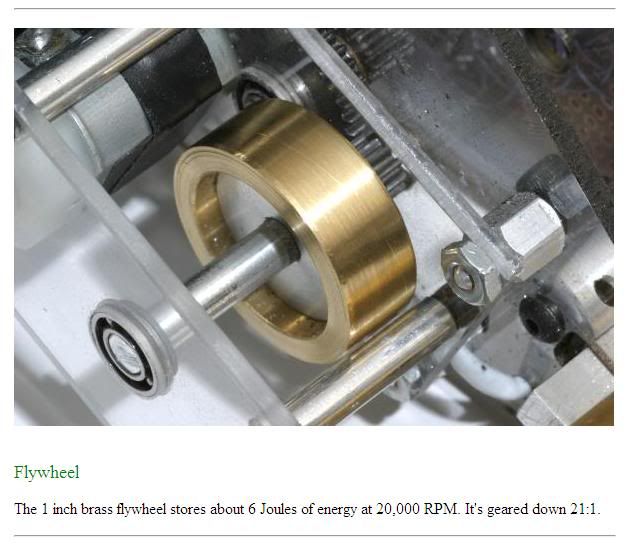I must apologise for not having read your post carefully before I commented on Fletcher's.pequaide wrote:Here is a simple but good experiment.
I went to a construction type department store yesterday and bought a six foot long piece of ½ inch square tubing.
I went across the street to a farm supply store and bought another 1 inch thick bolt 4 inches long with a nut and 20 washers; I already had one bolt with a nut. The bolt had a mass of 494 g, the nut 120.8 g and the washers have an average mass of about 90.5 g. I do not know the mass of the ½ inch square (hollow) tube.
I tied the tube in the center and suspended it; it balanced and it would hold a horizontal position. I tied a string to the tube and suspended one bolt with eight washers and the nut 3.5 inches from the right side of the tied center. I suspended another bolt with eight washers and a nut 3.5 inches out on the left side. I added 20 grams or so to the left side to get a perfect balance. The left side was either light or was a little closer to the center; but now they are balanced.
Leaving every thing else in place I removed the left side bolt and washers with the nut and replaced them with one washer at 35.8 inches from the center. I had to add 6 small magnets and a few BBs to make it balance again. If the bolt-washers and nut had a mass of 1334 grams then the washer magnets and bbs had a mass of 130 grams. A snap lock was used to secure the bolt so the tied position remained in place. Now we have a balanced system with 1334 grams at 3.5 inches and 130 grams at 35.8 inches.
I then added about 10 grams to the right side bolt and observed how long it took the end of the right side to descend about 6 inches. It took about 3 second.
I then replaced the 130 gram mass on the left end with the second set of bolt washers and nut combo at 3.5 inches from the center on the left. I observed how long it took the end of the right side to descend about 6 inches. It took about 3 second.
The ten gram extra mass could accelerate 130 grams at 35.8 inches just as easily as it could accelerate 1334 gram at 3.5 inches. With the same end deflection on the right the 130 g is moving 10 times as fast as the 1334 grams.
Apparently the ten grams of extra mass at 3.5 inches doesn’t know about the moment (of) inertia. The moment of inertia predicts that it would be ten times harder to rotate the 130 grams at ten times the distance. But the ten grams did not care; it rotated both arrangements at the same rate.
I have now made amends.
Doesn't one have to take the inertia of the tube into account? What was the weight of the tube. Also, how long was the string suspending the tube? Unbalancing the tube will lead to the whole system swinging away from the perpendicular. Couldn't this influence the result.
In your later post you say "about 3 seconds". I'm sure you must have a stopwatch. Could you give us a more accurate timing, please, since if the tube is heavy compared with the weights then one might expect, say, 2.9 seconds in one case and 3.1 in the other.



